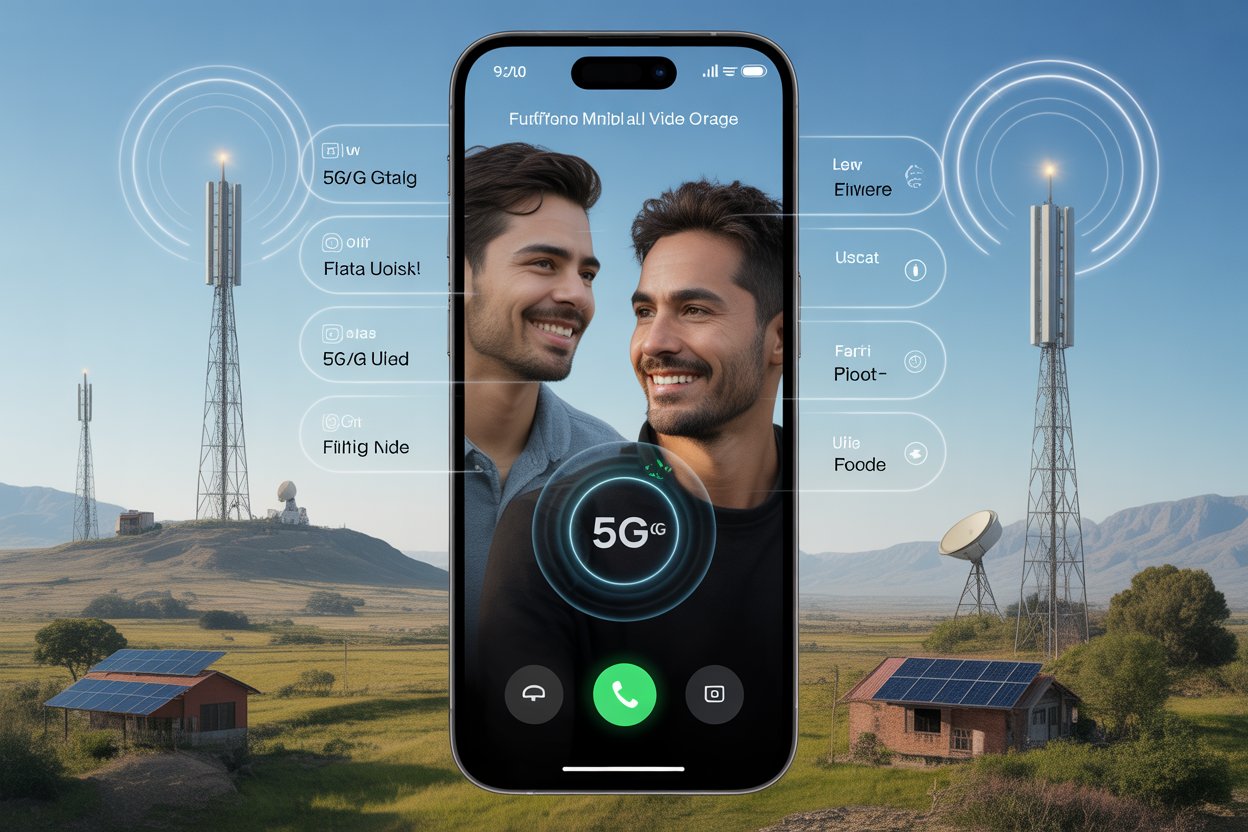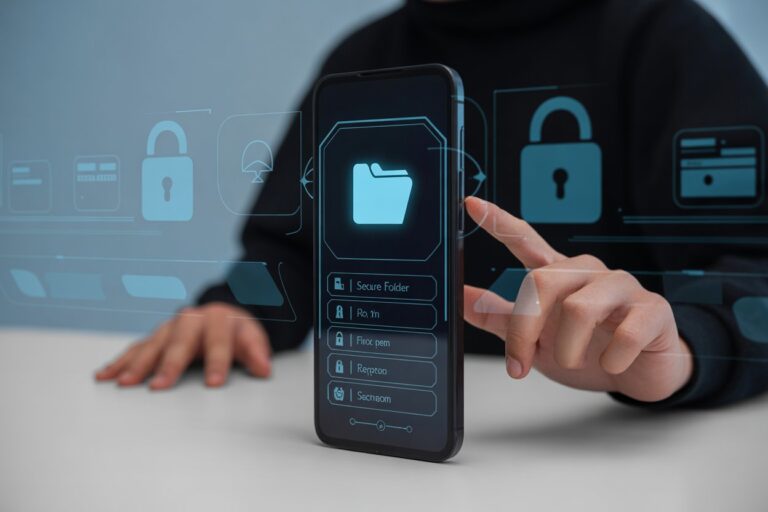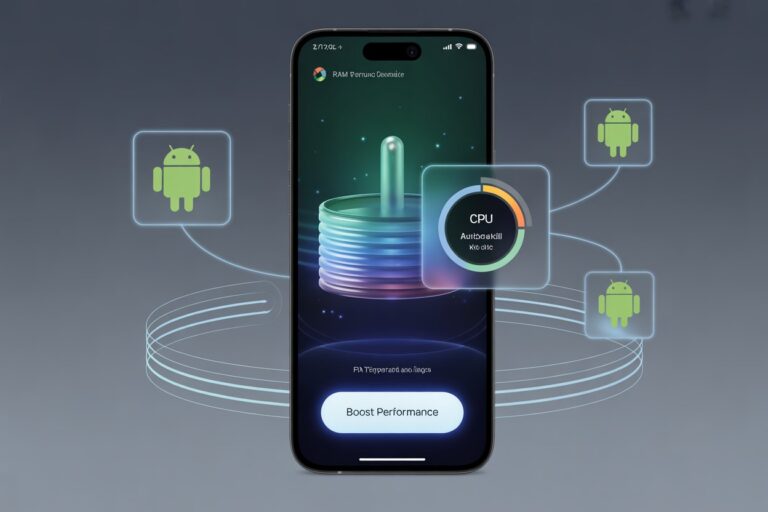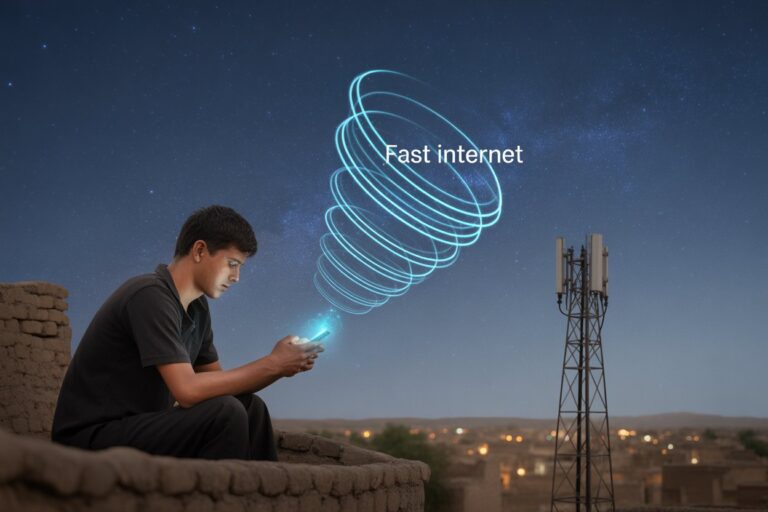Saving Mobile Data During Video Calls
In today’s fast-paced digital world, video calling has become a daily necessity. From remote work meetings to catching up with loved ones, video calls are more popular than ever.
However, frequent video calling can drain your mobile data quickly, especially in regions like Pakistan where internet packages may be limited or expensive.
In this article, we’ll explore practical tips on saving mobile data during video calls while maintaining good quality and user experience.
Why Video Calls Consume So Much Data
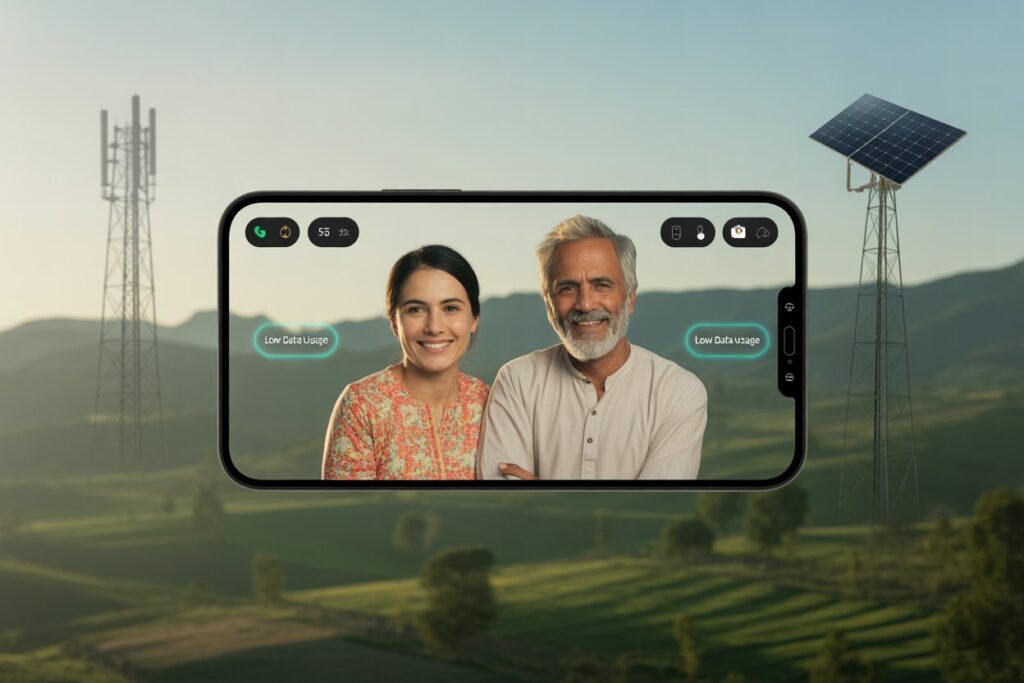
Video calls use real-time streaming technology, meaning data is constantly being sent and received. Factors that increase data consumption include:
- High-resolution video (HD or Full HD)
- Long call durations
- Simultaneous audio and video streams
- Background app data usage
Reducing any of these can significantly lower your mobile data usage.
General Tips to Save Mobile Data During Video Calls
1. Lower the Video Resolution
Most video calling apps allow you to adjust the resolution settings. Lower resolutions (like 360p) consume far less data than HD (720p) or Full HD (1080p).
Go into the settings of apps like Zoom, WhatsApp, or Google Meet and set video quality to low.
2. Use Wi-Fi Whenever Possible
If you’re at home or in a public area with reliable Wi-Fi, connect to it instead of using mobile data. Just ensure the connection is secure to protect your privacy.
3. Disable Video and Use Audio Only
When video isn’t necessary, switch to audio-only calls. This can reduce data usage by over 90%, especially on longer calls.
4. Close Background Apps
Apps running in the background can use data and CPU resources, which may slow down your call and increase overall data usage. Before starting a call, close unnecessary apps.
5. Use Data-Saving Mode on Your Phone
Many Android devices come with a built-in Data Saver mode. It limits background data usage and can help optimize the app’s performance during calls.
App-Specific Tips for Data Saving
- Go to Settings > Storage and data
- Enable Use less data for calls
- Avoid sending media during calls
Zoom
- Join without video or disable HD in settings
- Go to Settings > Meetings > Use Original Sound and turn it off to save bandwidth
Google Meet
- Click the three-dot menu > Settings
- Select Video > Send resolution, then choose Standard definition (360p)
Microsoft Teams
- Use audio only
- Turn off incoming video
- Reduce call duration where possible
Localized Tips for Users in Pakistan
Choose Budget-Friendly Data Packages
Telecom providers like Jazz, Zong, Telenor, and Ufone offer specific video or social bundles. Subscribe to these bundles when you anticipate making frequent calls.
Use Lite Versions of Apps
Apps like Facebook Lite or Messenger Lite use less data and are optimized for low-bandwidth regions. While not all offer video call features, they’re good alternatives for voice calls.
Monitor Data Usage in Real-Time
Use your phone’s built-in data monitor or third-party apps like My Data Manager to keep track of how much data video calls are consuming.
Other Ways to Reduce Data Drain
Schedule Shorter Calls
Try to limit video calls to 10-15 minutes when using mobile data. For longer discussions, opt for Wi-Fi or schedule them during off-peak hours when bandwidth is better.
Use Headphones or Earbuds
Good-quality earphones can reduce background noise and make audio clearer, reducing the need to repeat conversations—and saving data in the process.
Turn Off Video When Not Speaking
In group calls, keep your camera off when you’re not speaking. This simple action can dramatically reduce your data consumption.
How Much Data Does a Video Call Use?
| App | Video Quality | Data Usage per Minute |
| Standard | ~0.5 MB/minute | |
| Zoom (HD) | High | ~3 MB/minute |
| Google Meet | Standard | ~1.5 MB/minute |
| Facebook Video | Medium | ~2 MB/minute |
When to Upgrade Your Data Plan
If you’re consistently exceeding your data limits even after applying these tips, it may be time to:
- Upgrade to a higher-tier mobile data plan
- Invest in unlimited Wi-Fi if feasible in your area
- Check for family or shared plans to reduce overall cost
Long-Term Strategies
Educate Family and Team Members
If you’re part of a household or remote team, share these tips so everyone can contribute to reducing collective data use.
Use Cloud-Based Communication When Possible
Instead of sending large video files, use services like Google Drive, Dropbox, or OneDrive for sharing.
Keep Your Apps Updated
Updated apps are often optimized for better performance and reduced data consumption. Enable auto-updates over Wi-Fi only.
Conclusion
Saving mobile data during video calls is not only about cost savings but also about improving call quality and phone performance. By following these practical, easy-to-implement tips, users — especially in rural or developing areas like Pakistan — can enjoy uninterrupted communication without worrying about exceeding data limits.
FAQ: People Also Ask
How can I reduce data usage on video calls?
Lower the video resolution, switch to audio-only mode, and use Wi-Fi whenever possible.
Do video calls consume more data than voice calls?
Yes. Video calls can use 10x more data than voice calls, depending on the app and resolution.
Which app uses the least data for video calls?
WhatsApp generally consumes the least data among popular video calling apps.
Internal Link Suggestions:
